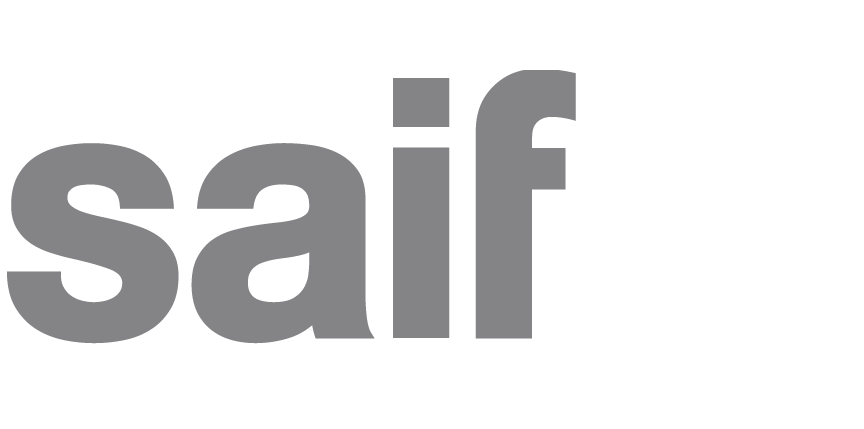Step 4 - Action
Now is the time you’ve been waiting for: doing the things you planned in the previous steps. Before you start, review your plan, communicate with the people involved and think about the resources you will need to act. What has worked well in the past? Consider possible barriers or challenges that have not yet been addressed. How will you work those out?
View a short training on this topic.
Start small
Small steps that lead to early wins can build interest and increase participation in your approach. Start with actions that are easy to complete, like training workers on proper body positioning while you work on redesigning their workspace. What other small steps could be accomplished in the first days of your implementation? As you accumulate early wins, the more challenging long-term actions and fixes become more achievable. Make sure that the small steps contribute to the big picture of what you are trying to achieve.
Focus on policy and practice
In step three, we mentioned a layered approach that focuses on policy and practice. Thinking about where your workplace culture may need attention can help you focus on higher level, more effective action. Are there aspects you discovered when beginning this process that need to be addressed? Perhaps your work-life policies need updating or need to be communicated. Updating policies and clarifying that leaders at all levels should be practicing more supportive behaviors, can lead to cultural change.
Track it
Track what you are doing. Success is more likely when you know how you are doing and can share progress. Are you meeting milestones? Celebrate each milestone and recognize people who helped. Tracking helps you to know what difficulties have cropped up (for example, a piece of equipment is delayed because of supply chain issues) and can help you quickly adapt when plans need adjusting. Tracking also increases the visibility of your actions – workers and leaders can see the important work being accomplished and may be more likely to support your efforts and participate in what you’re doing.
Think about tracking both implementation progress and your expected outcomes. Tracking step completion and milestones lets you know if you are on track for completing your plan. Remember what you were trying to accomplish – lower turnover? Fewer injuries? Less stress? Keep the purpose visible. And keep in mind all types of successes so you can tell the whole story.
Keep communicating
Communicate, communicate, communicate. Clear communication will foster trust. Start off with the why, what and how of your plan. Think about the best way to keep people in the know about what you are doing. How often should updates be communicated? How will you communicate small successes, difficulties, and completion? Will it be active communication like reaching out to workers directly? Or passive communication, where people can visit a webpage or online article and get a status update? Maybe it’s a combination. How will you receive feedback? Listening to the workers impacted by your actions is key.
Give opportunities
Providing opportunities for workers to get involved with implementation is essential to this approach. Maybe it’s reaching out for ideas on what changes would be meaningful or asking for their help in selecting new equipment and where barriers to change exist. Many workers will have a role in implementing the parts of the plan that pertain to their work and working conditions.
This also involves training workers on the changes that may impact how they work. Fostering participation and actively involving workers in all steps of implementation increases the likelihood of success and how much your plan will reflect your organization’s unique needs and culture.
Resources
- Understanding your safety culture
- Health Links - TWH mentoring for small business (cost based service)
Total Worker Health® is a registered trademark of the U.S. Department of Health and Human Services (HHS). Participation by SAIF does not imply endorsement by HHS, the Centers for Disease Control and Prevention, or the National Institute for Occupational Safety and Health.

